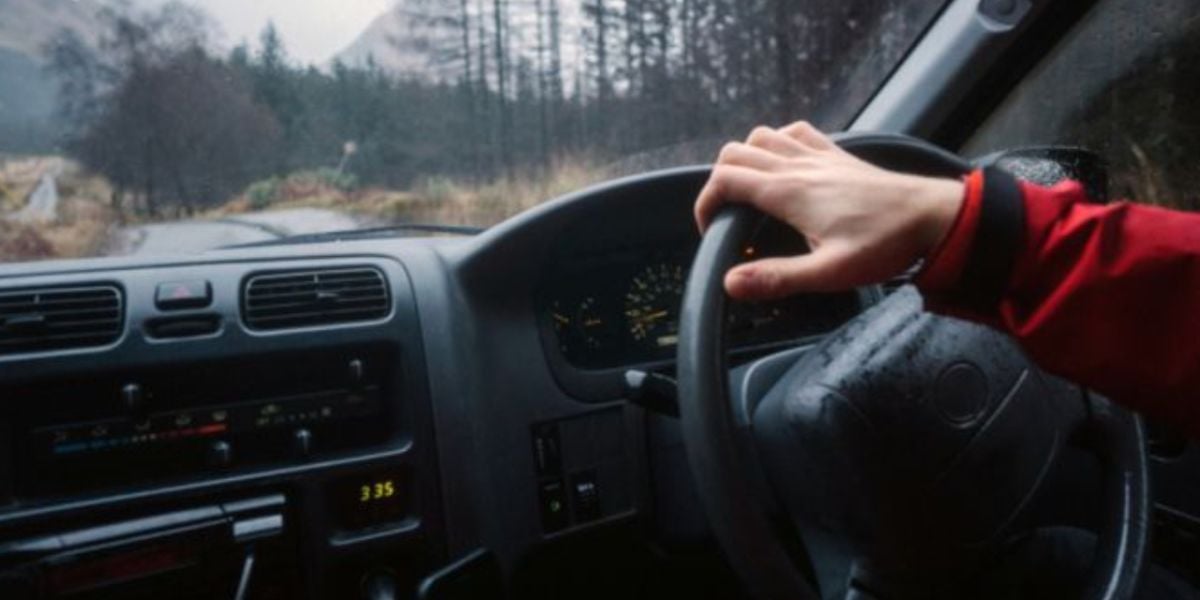
Driving in Scotland may take some getting used to if you’re not accustomed to the UK way of driving on the left side of the road. Furthermore, the rough weather and decreased sunlight in the winter time require careful preparation. Here’s what you need to know about driving in Scotland.
Importing your vehicle
If you intend to stay in Scotland for at least 12 months and you are bringing your car, you have to declare it at Her Majesty Revenue and Customs (HMRC) within 14 days following your arrival. Online registration services are available on the Notification of Vehicle Arrivals (NOVA) service website. Beyond that period, penalty fees of £ 50 per day will apply.
To import your vehicle, you will have to:
- pay value-added tax (VAT) and duty, if asked to
- submit it to a technical test so as to make sure that it complies with anti-pollution and safety norms
- register it at the Driver and Vehicle Licensing Agency (DVLA) and pay relating tax fees
- get a new number plate made with the registration number you were given from DVLA
- insure your vehicle
Find more information on how to import your vehicle here.
Exchange your driver's license for a Scottish one
If you're an EU/EFTA national, you do not have to exchange your driver's license if it is still valid. If you are a third-country citizen, you are allowed to use your national driver's license for a maximum of 12 months. Beyond that period, you are required to obtain a local one at the DVLA. The documentation to be produced varies depending on your nationality: for instance, third-country citizens must present a valid visa.
Find more detailed information here.
Driving conditions
Driving in Scotland adheres to the UK rules of driving on the left side of the road. You should also pay special attention to roundabouts, which are very common in Scotland: priority is given to cars coming from your right and you must commit around the roundabout when turning left. Another thing that you may need to get used to is the fact that road signs are displayed in miles, not kilometres.
On the highway and on fast lanes, you are expected to drive at a maximum of 70 MPH (112 km/h) by car, bus or minivan, or 60 MPH (96 km/h) if your vehicle is towing a caravan or a trailer.
In the city, you are expected to drive at a maximum of 30 MPH (48 km/h), but you are likely to find 20 MPH (32 km/h) signs around residential neighbourhoods and near schools. In rural areas, you are expected to drive at a maximum of 60 MPH (96 km/h) by car, and 50 MPH (80 km/h) by bus, minibus, minivan and if your car is towing a trailer or caravan.
Good to know:
Scottish winters can be quite rough, with freezing temperatures and snowfalls that go on for 20 days. For that reason, the Scotland Police has issued a checklist to consult, to make sure your car is ready for the winter. Bear in mind that you will need to adapt the way you drive a bit, as well as make sure you comply with the appropriate use of tyres and fog lights.
We do our best to provide accurate and up to date information. However, if you have noticed any inaccuracies in this article, please let us know in the comments section below.








